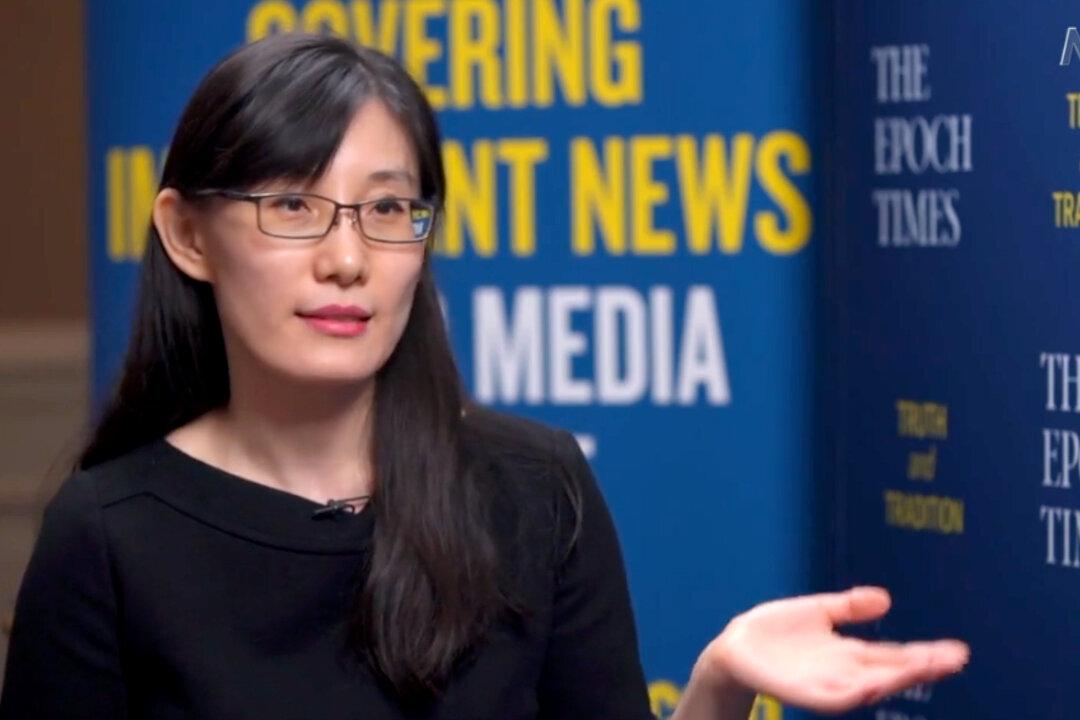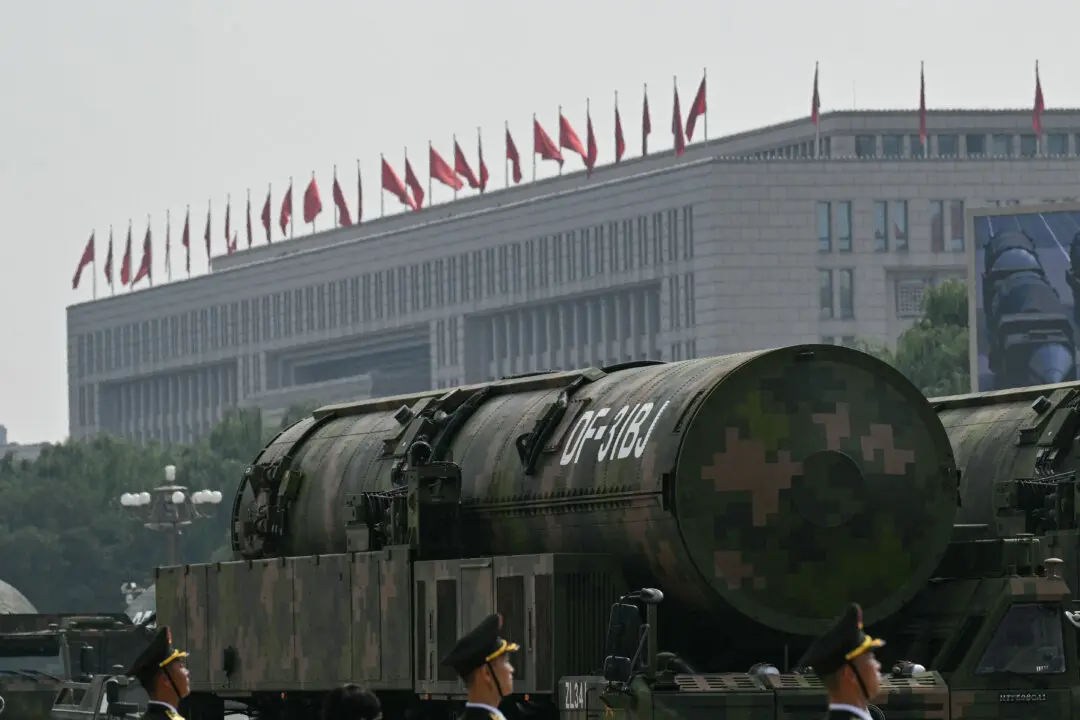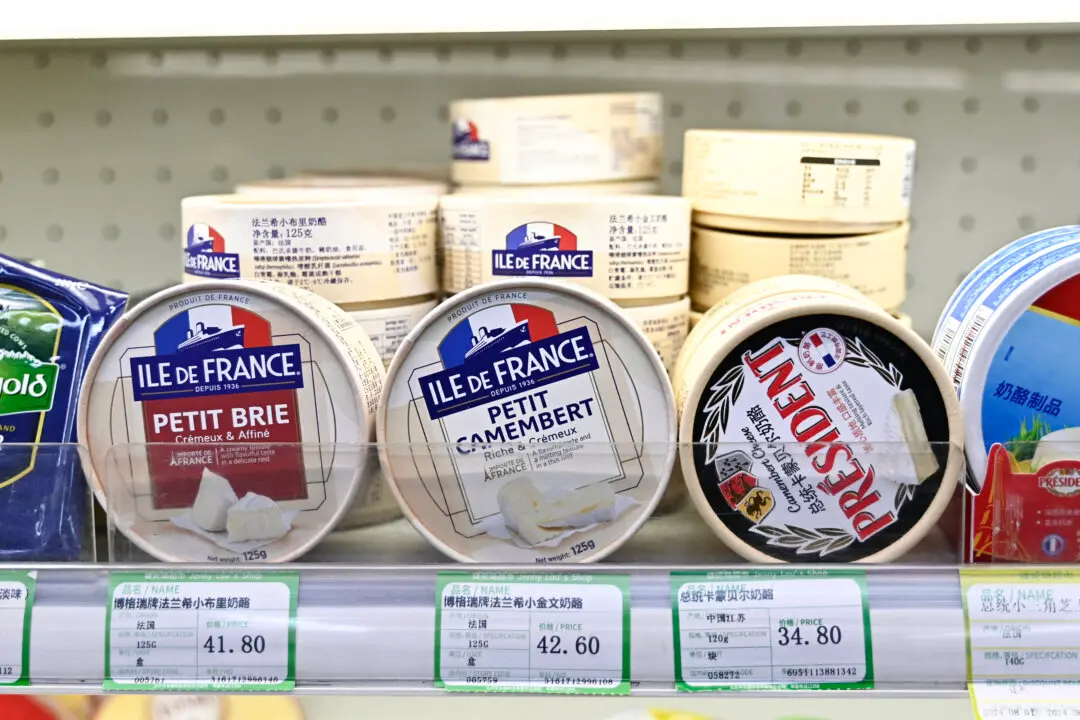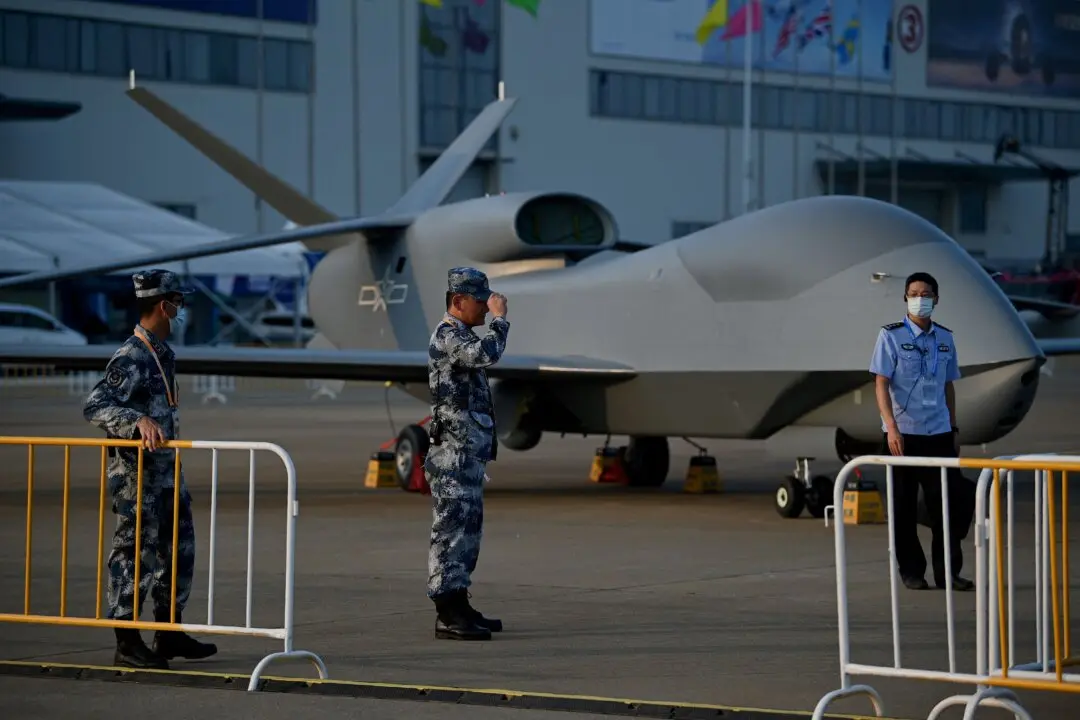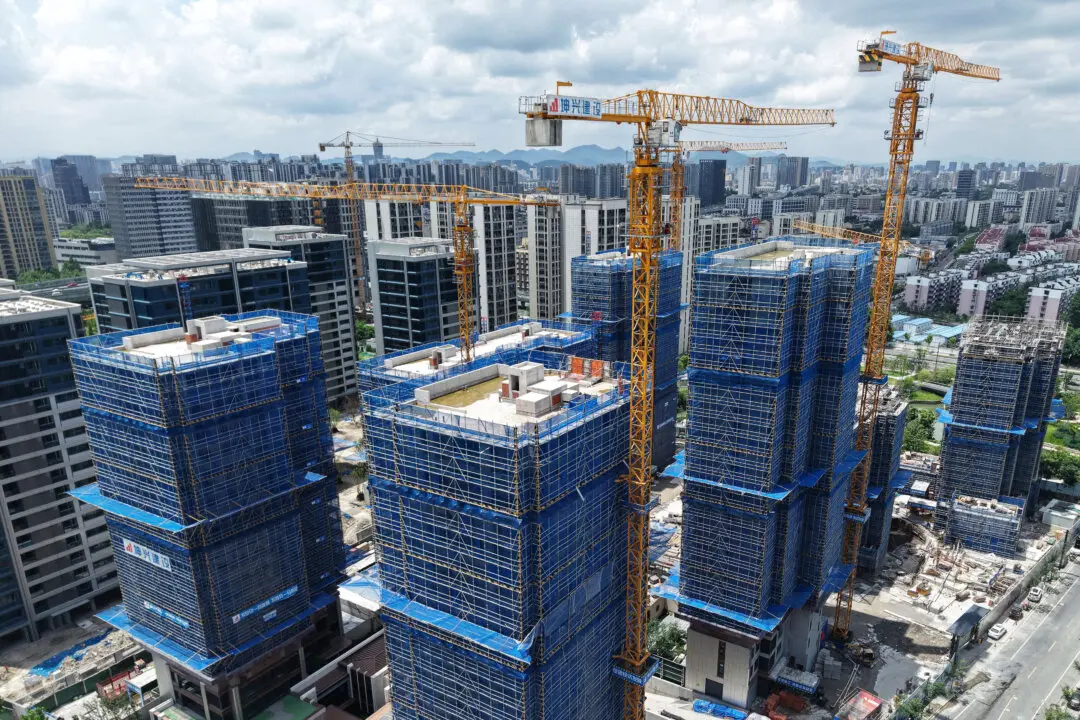Since the initial lockdown of Wuhan in early 2020, the Chinese regime ordered officials to eliminate every COVID infection among communities through repeated testings, swift lockdowns, and digital surveillance, despite mounting economic and human tolls.
But in early December, following a nationwide uproar, the regime abruptly retreated from the hallmark pandemic policy, known as zero-COVID, allowing the virus to proliferate through the unprepared population, which was lacking in natural immunity after nearly three years of sporadic lockdowns.
